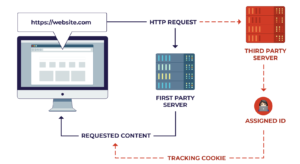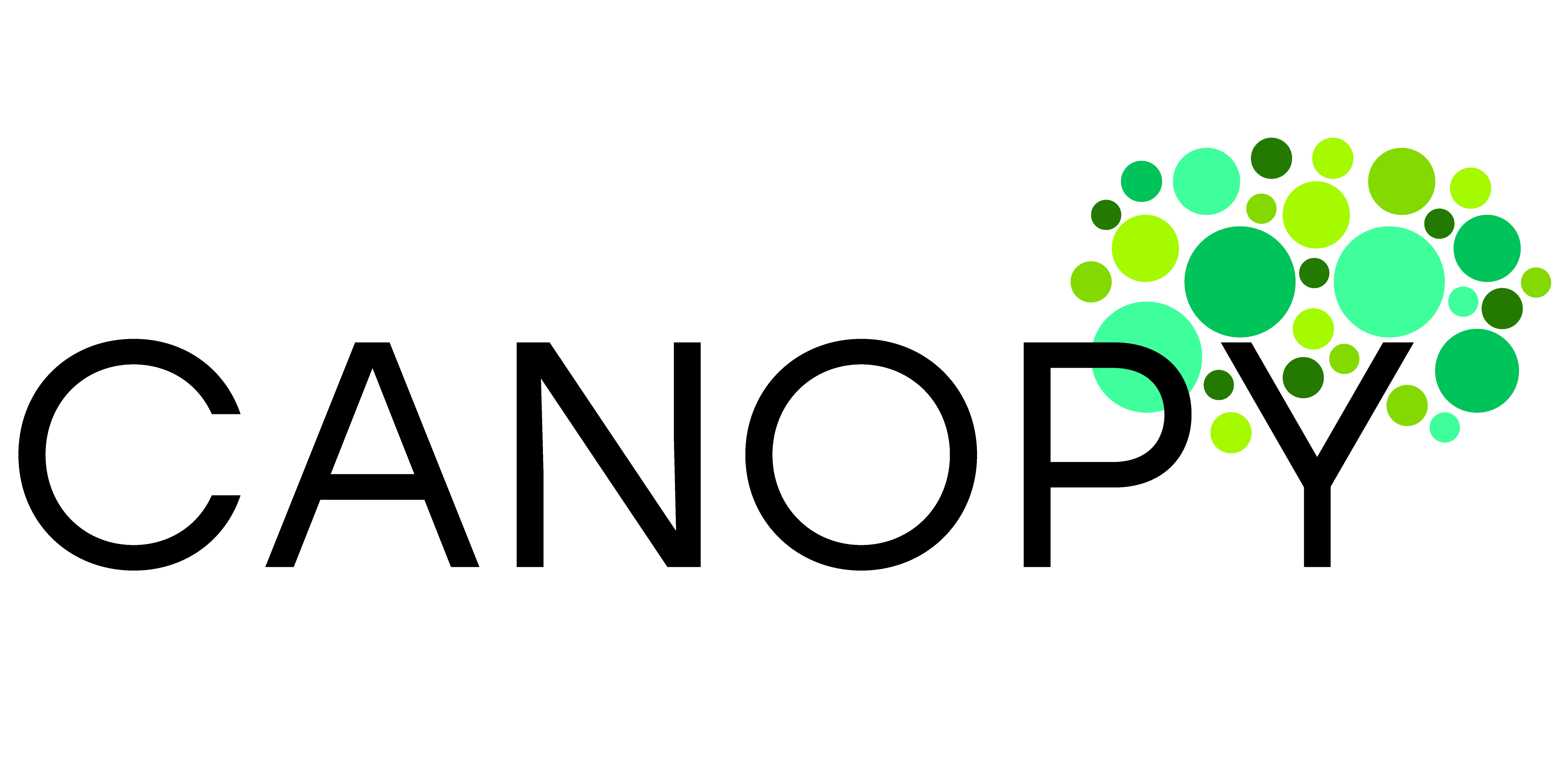- Blog
- Preparing for the End of 3rd Party Cookies, By Adam Wilensky
Subscribe to our
email list
Stay updated on industry
news and ad tech insights

Canopy IQ Podcast
Welcome to the Canopy IQ Podcast. Tune in as expert voices and special guests from a wide range of disciplines help guide our understanding of the ways business intelligence, branding, machine learning and digital advertising are reshaping AgeTech in the 21st century.
Read More

Argentum 2023
Canopy founder Bobby Youngs will participate in Argentum’s “Speed to Lead is Key” HR Recruiting Panel on May 9th. More info coming soon!
Read More

The Senior Living Social Media Playbook
Take the guesswork out of your social media campaign strategy with this downloadable guide
Read More
Preparing for the End of 3rd Party Cookies, By Adam Wilensky

Although Google has decided to postpone Chrome’s third-party cookie deprecation until late 2024, the fact remains that digital marketers will need to prepare for their inevitable demise. Google’s reasoning was based on input they’ve received regarding Google Privacy Sandbox participants. Google continues to be the world’s largest advertising platform, which may in turn lead to additional delays across competing platforms.
While first-party cookies are not being discontinued in the near term, the end of third-party cookies is imminent. While this inevitable change portends a paradigm shift in attribution, marketers have a variety of alternative methods to identify and target consumers at their disposal. While it’s important to avoid strict reliance on a device-based identifier, or cookie, it’s equally important to ensure that campaign performance is not negatively impacted after this long-standing identifier is discontinued.

The migration away from third-party cookies is inevitable, but doesn’t have to pose significant disruption. Canopy has begun to actively prepare for these changes through ongoing refinement to our existing capabilities.
In addition, Canopy’s suite of targeted digital advertising includes Geofencing, which does not rely on third-party cookie data. Geofencing utilizes on location data via ad logs, and will not be affected by the loss of third-party cookies:
1: Canopy is investing in resources and partnerships required to implement proposed changes including ad servers, tag servers, user matching, user data store and bidders, among others.
2: Future planning will ensure that we are not impacted by a reliance on segment-based data. A significant portion of our targeting logic will be implemented at bid time.
3: Canopy’s device-graph will combine IP and hashed login data to generate links and corresponds with IAB’s ‘best practices’ guidance.
4: Geofencing does not rely on third-party cookies and will have increasing relevance in future targeting capabilities
FAQs:
Which core marketing tactics are currently reliant on third-party cookies and what is Canopy’s plan to migrate from cookies in order to maintain them? We expect to see an incremental shift in performance from the following features due to Keyword Search Retargeting, pixel-based conversions, Site Retargeting, third-party segments, frequency capping and Addressable Audience Curation. Any impacts to Geofencing will be minimal. While all of these tactics will be gradually impacted, we don’t foresee a rapid loss of core functionality. Existing features will remain critical to the advertising ecosystem although tactical approaches will have to adapt over time. Canopy is in the long-term process of maintaining the functionality of these tactics and will continue to improve upon our existing systems to ensure a smooth transition for our partners.
Are there any features that are at risk if they can’t be migrated to the a cookie-free environment? There will be tactical changes in implementation and optimization that will need to be addressed but we don’t anticipate the loss of specific system features. While third-party-cookies will eventually be discontinued, we are confident that the underlying impact on publishing budgets will be minimal as third-party cookie replacements are deployed across the digital marketing and advertising landscape.
Will Canopy’s customers have to support any changes? At this time, most processes and tactical changes will be on the back-end of our systems. Per Simpli.fi, “one possible area of change will be the need to place pre-bid tags and/or DNS coordination while we transition from third-party cookies to first-party or other methods of user/device identification.” In parallel, we are working to identify and maximize a cross-device graph as new unique users, households and device identifiers are added to the device ecosystem. Canopy works closely with our trusted partners to ensure our entire technology stack is prepared for ongoing changes, third-party cookies included. Our #1 priority is to prepare for the new privacy landscape by taking strategic steps to meet these changes head on. We don’t anticipate that our customers will need to make any near-term shifts as part of this transition, and we will provide regular updates and clear directions as any changes become necessary.
The core driver for changes in third-party cookies go well beyond the cookie itself, with a focus on providing more user control over how data is disseminated. Ultimately, users will have more control and visibility over their data, which creates a variety of potential challenges. Additionally, publishers will gain more control over who can collect data and what data they can collect. We plan to provide tools and documentation to ensure a smooth transition as this process unfolds and we are confident that our valued customers will experience minimal impacts.
In Closing: Advantages and Impact Mitigation
We are investing in our cross-device graph as we begin the process of moving away from cookies. There is an industry-wide expectation that all websites apps will have a unique identifier. With this in mind, our cross-device graph will evolve to connect both devices and data from varying, diversified sources. This process will build on our cross-device foundation while complying with industry protocols.
- Interactive Advertising Bureau (IAB): This group pushes to help outline new standards for the digital media ecosystem and are actively contributing insights related to the need for hashed IP and first-party cookie identification for any ad server to operate across our industry.
- Prebid.org: This is a header bidding framework which allows for DSP and SSP processes to come together. Becoming a part of the prebid.js suite allows for third party data to be passed as first-party information in order to remain compliant.
- HTML’s excellent summary of existing cookie infrastructure and technical requirements can be found here: https://html.com/resources/cookies-ultimate-guide/
Canopy Ad Co Request a Demo
"*" indicates required fields
Learn about High Potential Visitor tracking and the
Canopy advantage for your next Programmatic Display or
Geofencing campaigns.
Get in touch
Canopy advantage for your next Programmatic Display or
Geofencing campaigns.
Get in touch today (704) 396-5525 | info@canopyadco.com







